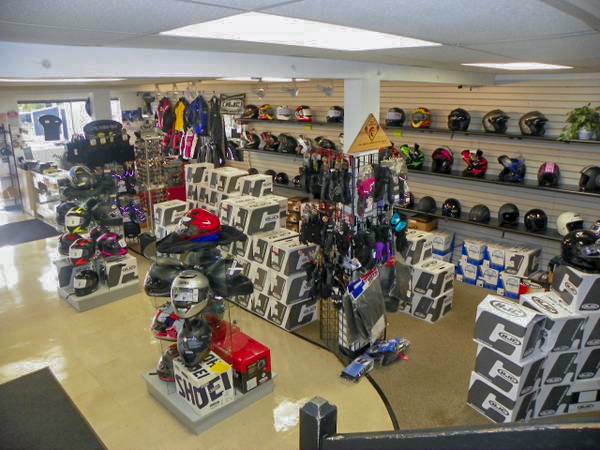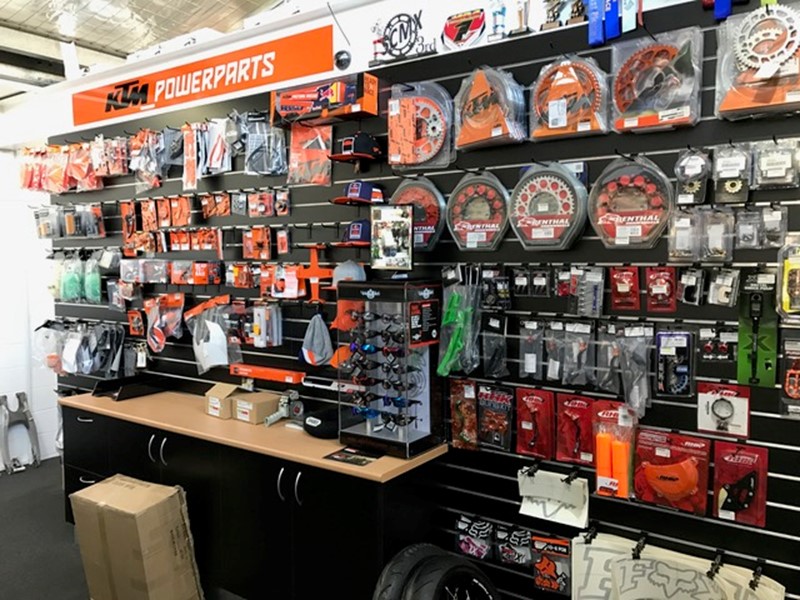Unleash Performance with Premium Motox Parts NZ Available Below
Unleash Performance with Premium Motox Parts NZ Available Below
Blog Article
Comprehending the Vital Parts of a Bike: A Comprehensive Overview for Enthusiasts
For motorcycle lovers looking to elevate their riding experience and guarantee their bikes run efficiently, recognizing the necessary parts of a motorcycle is paramount. Each component, from the engine's complex functions to the essential role of the stopping mechanisms, not only influences performance yet likewise safety and convenience. This overview will certainly walk through the essential components that every cyclist ought to be acquainted with, enabling notified selections in both maintenance and possible upgrades. As we start this expedition, one must ask: just how does each element connect to create the seamless ride every fanatic seeks?
Engine Parts

The camshaft plays an important role in controlling the timing of the engine's shutoffs, ensuring the specific opening and closing required for effective fuel and air consumption, as well as exhaust expulsion. This timing is important to preserving optimal engine efficiency and performance. Additionally, the carburetor or fuel injection system, relying on the motorcycle version, is accountable for blending air with gas in the appropriate proportion for combustion.
The cooling system, either air or liquid-based, works to preserve the engine's temperature level within functional limits, avoiding getting too hot and ensuring long life - motocross gear nz. Each component, thoroughly made and incorporated, contributes to the seamless procedure of the engine, specifying the motorcycle's power output and general efficiency
Transmission System
Essential to the bike's performance, the transmission system makes sure reliable power transfer from the engine to the wheels. This system consists of several vital parts, consisting of the clutch, transmission, and final drive, each playing a crucial duty in converting the engine's power right into motion. The clutch, commonly run by a hand lever, serves to disengage the engine and involve from the transmission, permitting for smooth equipment adjustments and regulated velocity.
The transmission, often referred to as the transmission appropriate, contains a collection of gears that motorcyclists can by hand change via to readjust the bike's rate and torque outcome. These equipments are prepared in a series that makes it possible for the motorbike to accelerate smoothly and keep optimum engine efficiency throughout different rates. Most motorbikes use a sequential transmission, requiring the biker to shift gears in an established order.
Braking Systems
While recognizing the transmission system is vital to using a bike's power, equally crucial is the capacity to regulate and quit that power successfully, which is where stopping devices come into play. Brakes are essential for safety and performance, giving the biker with the required control to navigate numerous surfaces and conditions. Usually, motorbikes include two types of stopping systems: disc brakes and drum brakes.
Disc brakes are much more widespread in modern motorbikes as a result of their superior efficiency. They contain a brake disc, caliper, and pads. When triggered, the caliper squeezes the brake pads versus the spinning disc, converting kinetic power right into heat, therefore slowing down the wheel. This system supplies much better warmth dissipation, constant efficiency, i loved this and improved quiting power, specifically in wet conditions.
On the other hand, drum brakes, though much less usual, are still found in some motorbikes. They function by pushing brake shoes versus the internal surface of a drum affixed to the wheel. While typically much less reliable in heat dissipation and quiting power, drum brakes are easier and more cost-efficient.
Understanding these braking systems' nuances enables cyclists to keep their motorcycles effectively and appreciate the engineering that makes certain effective and safe stopping.
Suspension and Steering
Suspension and steering systems are essential parts that considerably influence a motorbike's handling and trip comfort. The shock absorber, containing forks at the front and shock absorbers at the rear, absorbs road irregularities, enhancing security and control. Front forks, normally telescopic or upside down, compress and rebound to alleviate effects, while rear shock absorbers preserve tire contact with the roadway, important for traction and safety.
Guiding, focused around the handlebars, attaches the motorcyclist to why not try here the motorbike's directional control. The steering head bearings ensure smooth procedure, permitting exact ability to move. Appropriate placement and maintenance of these bearings are important for predictable guiding feedback and lowering motorcyclist tiredness.
The suspension's adjustability is an additional critical aspect; preload, damping, and rebound setups enable personalization to match numerous riding problems and designs. This adaptability is important for optimizing efficiency, whether navigating city roads or tackling sturdy routes. Innovations like digital suspension systems supply real-time adjustments, boosting trip top quality throughout diverse terrains.

Electrical Equipments
After guaranteeing a smooth and controlled adventure through efficient suspension and steering systems, focus transforms to the electric systems, a crucial element of modern motorbikes. These systems play a crucial function not just in beginning the engine yet also in powering numerous components that boost the performance and safety and security of the motorcycle.
At the heart of a motorbike's electric system is the battery, which shops electric energy required for starting the engine and powering supporting systems - motocross gear nz. The alternator or generator, coupled with the rectifier-regulator, makes certain the battery remains billed while the bike functions, converting power right into electrical energy and maintaining voltage degrees
The ignition system, one more crucial part, is liable for stiring up the air-fuel blend in the engine's cyndrical tubes. Modern motorbikes usually utilize a digital ignition system, providing better effectiveness and integrity compared to standard systems.
Illumination systems, consisting of fronts lights, tail lights, and signs, are also important, making sure presence and safety and security for the rider. Extra electronic components such as sensors, control units, and displays add to sophisticated functions like fuel shot management, anti-lock stopping systems (ABDOMINAL MUSCLE), and digital control panels, even more improving the riding experience.
Final Thought
A thorough understanding of a motorbike's crucial elements, including the engine, transmission system, stopping systems, suspension, guiding, and electric systems, is important for enthusiasts intending to enhance convenience, security, and performance. Mastery of these aspects enables notified choices pertaining to maintenance and upgrades, ultimately improving the riding experience. By incorporating this understanding, riders can ensure their motorbikes operate at peak efficiency and dependability, consequently making the most of both enjoyment and durability of their vehicles.
For bike enthusiasts looking to raise their riding experience and ensure their bikes run efficiently, comprehending content the essential elements of a bike is vital.Essential to the bike's capability, the transmission system guarantees effective power transfer from the engine to the wheels.While comprehending the transmission system is essential to using a bike's power, equally crucial is the capacity to control and stop that power efficiently, which is where braking devices come right into play. Generally, motorcycles include two kinds of stopping systems: disc brakes and drum brakes.
An extensive comprehension of a motorcycle's crucial elements, including the engine, transmission system, stopping mechanisms, suspension, guiding, and electric systems, is essential for fanatics intending to enhance convenience, efficiency, and safety and security.
Report this page